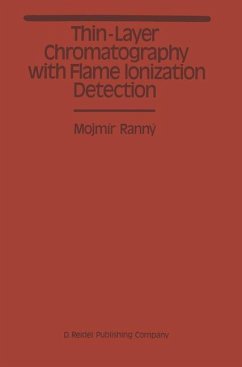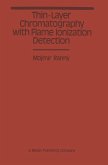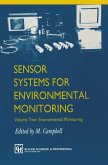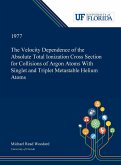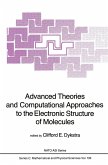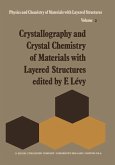Thin-layer chromatography (TLC) has become a common and much favoured separation technique in laboratories in widely varied fields in recent years. Much of the credit for the introduction of this technique into analytical practice at the l 2 end of the 1950s is due to E. Stahl - - This method is simple and is characterized by high separation ability and sufficient sensitivity3; however, some analysts feel that it has passed the peak in its development and will gradually be replaced by the more modem high-performance liquid chromatography (HPLC). This is undoubtedly a very important analytical technique utilizing the specific separa tion properties of a large number of sorbents and the possibility of regulating 4 the flow-rate of the mobile phase by adjusting the pressure - Standardization of the experimental conditions is simpler in HPLC than in TLC, where the activity of the sorbent and flow-rate of the eitlent in the thin layer depend markedly on the relative humidity of the laboratory atmosphere and on the composition of the gaseous phase in the elution chamber. In addition, systems for quantitative detection of the separated ~ones are better developed for HPLC than for classical TLC, where, until recently, cumbersome and often even insufficiently reproducible chemical or gravimetric analysis of the extracts of scraped-off spots or densitometry of the separated zones, located first by pyrolysis or reaction s with suitable detection agents, were the predominant determination methods .
` The present book should inspire chemists, chemical technologists, and instrumentation engineers, especially those in the inter-disciplinary groups, in bringing about further improvements in the technique of TLC-FID. The book is very well prodeced and aptly illustrated. It will be extremely useful to research scientists and technologists who are concerned with the analytical technology of biological, medicinal, pharmaceutical, food and chemical industry products. '
Indian Journal of Chemistry Vol.27A, April 1988
Indian Journal of Chemistry Vol.27A, April 1988

